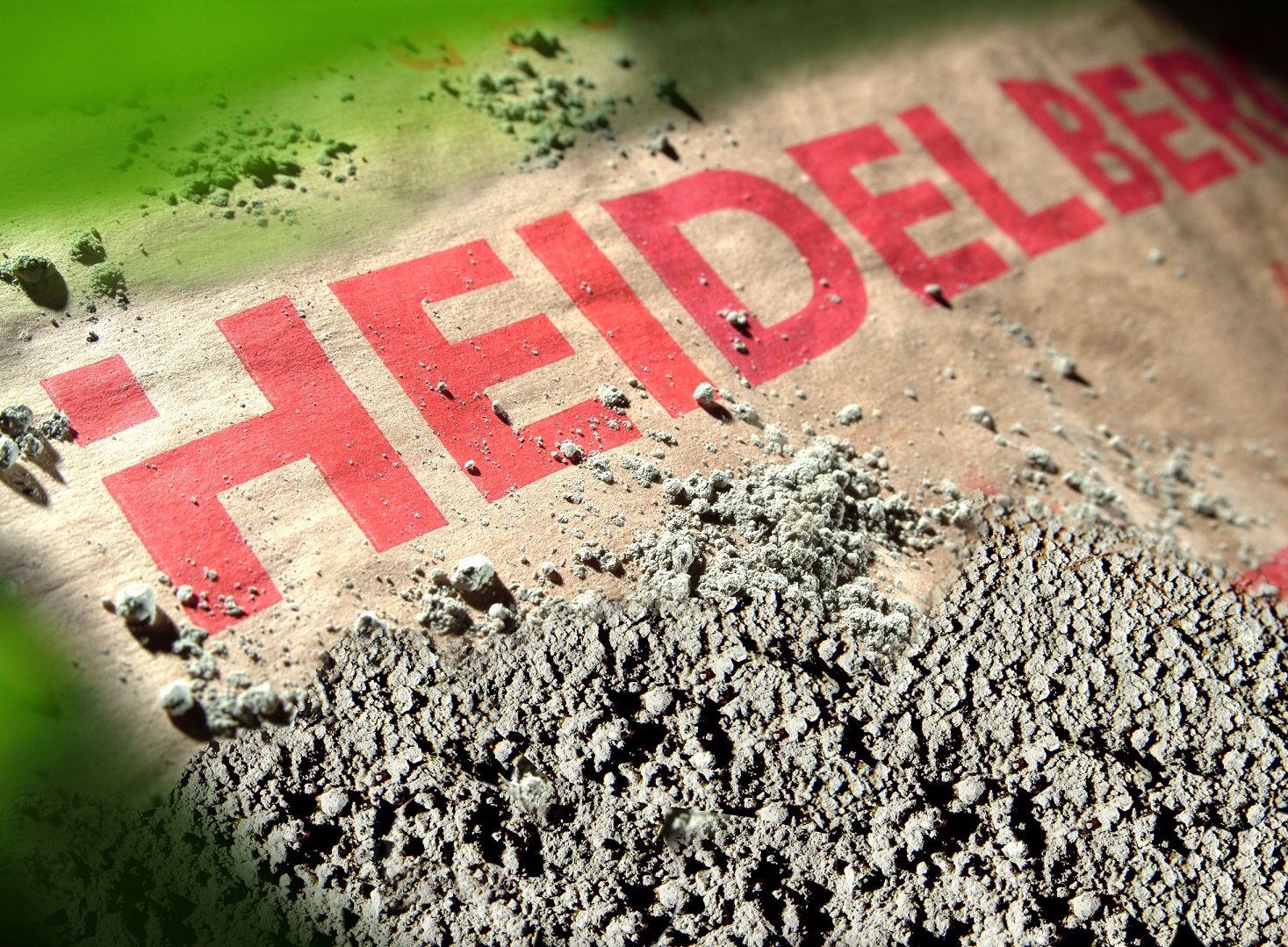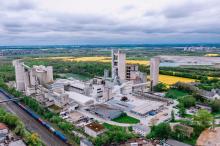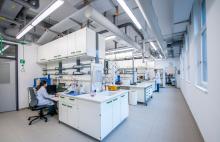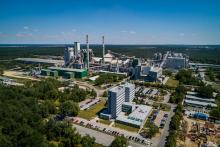
The building materials supplier added that move follows very good results from the first project phase of LEILAC.
After examining different locations, it has been decided to build the LEILAC 2 demonstration installation for carbon capture at the HeidelbergCement cement plant in Hanover, Germany.
As part of LEILAC 1, a CO2 capture pilot installation with a capture capacity of 25,000 tonnes of CO2 per year was constructed at HeidelbergCement's Lixhe plant in Belgium in 2017.
With LEILAC 2, an installation around four times as large will be operated in Hanover, which will capture 20% of the cement plant’s capacity, corresponding to around 100,000 tonnes of CO2 per year. The first project design phase is to be completed by the end of June 2021, and the demonstration installation is expected to be ready by the end of 2023. Including design, construction, commissioning and extensive testing, HeidelbergCement says the overall project is expected to be completed by 2025.
"The LEILAC technology has the potential to enable the cement and lime industries to efficiently capture their process emissions on an industrial scale," says HeidelbergCement's chairman of the managing board Dr. Dominik von Achten. "The pilot project in Hanover is one of several promising CO2 capture technologies that we are currently testing at full speed within the HeidelbergCement Group."
With the patented LEILAC technology, the CO2 released during cement production can be captured in a highly pure form via a separate waste gas stream and used in another process. Like its predecessor project LEILAC 1, LEILAC 2 is based on Calix's calciner technology. The project costs amount to €25m, of which €16m are coming from the EU research funding programme Horizon 2020 and €9m provided by the partners of the project consortium. HeidelbergCement's share of this amounts to €3m. The project in Hannover will also include preliminary investigations into the use of the captured CO2.
"In cement production, two thirds of the CO2 emissions consist of process-related emissions that are released when heating the limestone and are therefore unavoidable," says Jan Theulen, director alternative resources at HeidelbergCement. "The LEILAC 1 project has already successfully demonstrated that this unavoidable process CO2 can be successfully captured and that the technology also works in practice on a larger scale."
The main aspects of the LEILAC 2 project are now the further scaling-up of the technology to large industrial scale, the complete integration of the process into an existing cement plant and the heat supply for the installation from renewable energies for climate-neutral CO2 capture.
HeidelbergCement has set itself the goal of reducing its CO2 emissions by 30% by 2025 compared with the reference year 1990. To achieve this, the group has intensified its research in the area of CO2 emissions and is investing in several different pilot projects and technologies for the capture, utilisation and storage (CCU/S) of CO2 emissions.
In addition to LEILAC, the company is involved in a number of other development and scaling projects - including in Norway in the Northern Lights CCS project and in Germany with partners from the cement industry in the Catch4Climate CCU project.









